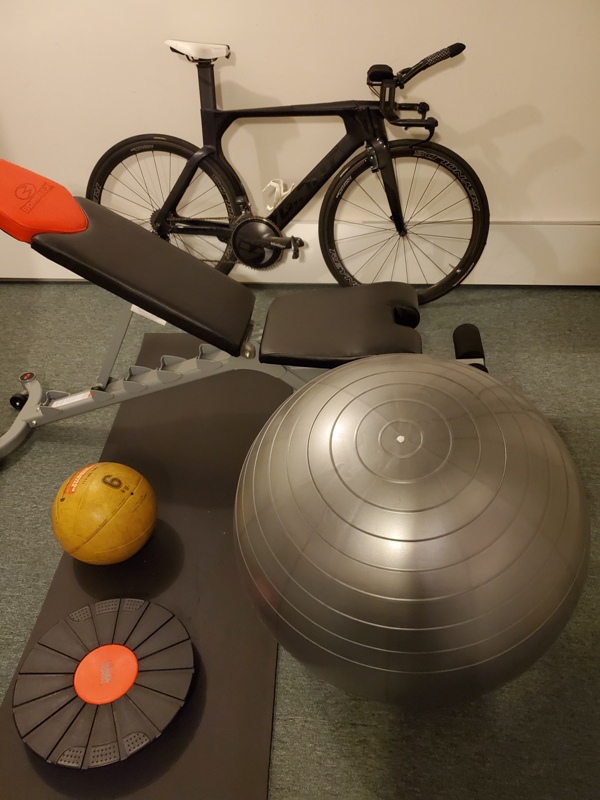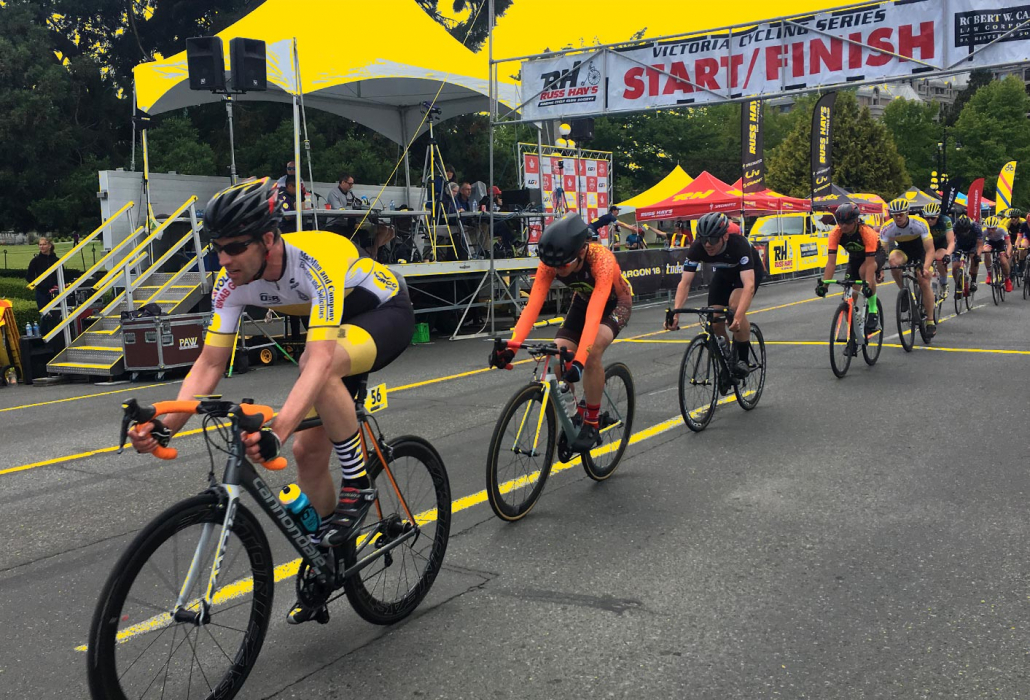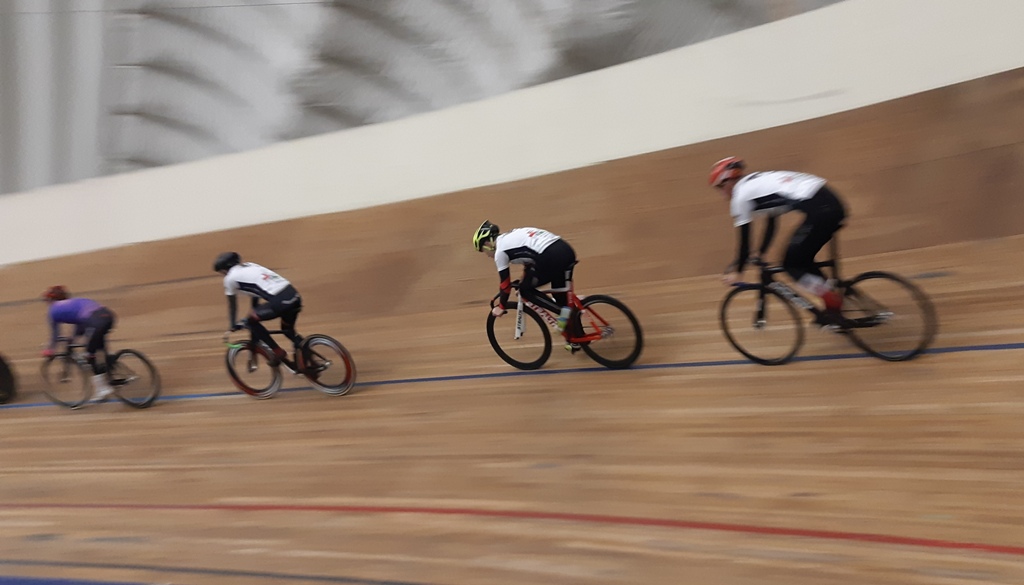
Incorporating strength and core exercises during the off-season will make you stronger on the bike
Many question the difference between training regimens in the race season and the off-season. With the onset of winter and colder weather are there many changes to be made?
The answer is yes. You can just do what you were doing in the summer for the off-season, but you also need to take advantage of the down time to work on some bike skills and strength base exercises to make you stronger. This can include muscular strength, on bike efficiency, body composition and more importantly flexibility and core strength /stability. Your program must also facilitate maintaining Key Performance Factors (KPF) which would include the aerobic and anaerobic systems and building a foundation of speed and agility. (See below for the KPF components).
At the end of the cycling season (traditionally October) you and your coach will review the ups and downs of the past season. This ‘performance audit’ will review each KPF and also Key Performance Indicators (KPI). From this review we are able to provide new guidelines, do a new plan and set training targets for the upcoming season.
It is important to remember that your training during off-season will affect your performance in mid-season and race season. All the above may sound complicated but it is your coach’s responsibility to work with you and ensure you have the right training program for your needs and goals.
Key Performance Factors:
Aerobic System:
- Maximal Aerobic Power
- Endurance Capacity
Anaerobic Lactic System:
- Power/Capacity
Speed:
- Acceleration Speed (Speed Strength)
- Speed Endurance
- Maximum Speed
- Change of Speed
Muscular Endurance and Strength
Core Strength and Stability
Flexibility
Body Composition , Nutrition
On Bike Efficiency / Riding Economy and Pacing /Aerodynamics
By Houshang Amiri ChPc
About Pacific Cycling Centre: PCC brings four decades of experience, providing coaching and training services for Elite, Masters, and Junior athletes in road, mountain bike, track, and cyclo-cross. PCC’s goal is to create a training environment for athletes at the development level, and to maintain a permanent, high-performance training group of national team and pre-national team athletes at the Centre, with the appropriate coaching and support systems. This will be achieved through expert one-on-one coaching, focused training camps, and competing in many local, provincial and national races.





